Audi has ended production of the TT for good, bringing to an end not just 25 years of the model line itself - but more than four decades of five-pot, four-wheel-drive Audi sports cars, dating back to the 1980 arrival of the original Quattro.
Appropriate, then, to consider how our range-topping TT RS long-term test car stacks up against one of the earliest examples of the breed.
The old-timer on hand here is the more raucous Sport Quattro, its wheelbase shortened so extensively as to give an almost square footprint and comically outsized overhangs, its engine block swapped for a lighter alloy lump and topped by a bespoke 20-valve head, and its body panels – now fashioned from ultra-light Kevlar or carbonfibre – sprouting ludicrous swellings and aero addenda.
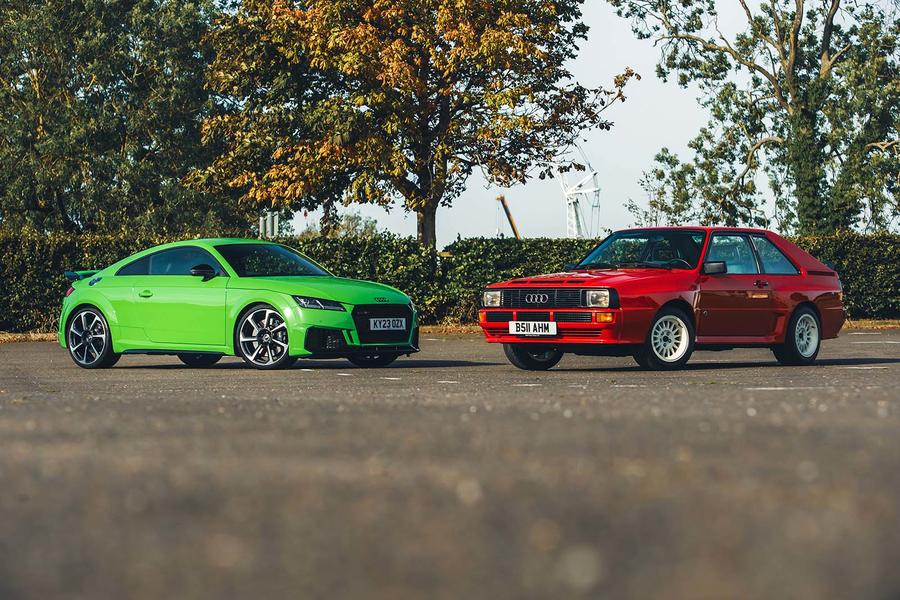
There are obvious (and commonly hailed) conceptual links between the two cars, but delve into the technicalities and what becomes evident is just how faithful the TT RS remains to the original Quattro formula.
Both have two driven axles, of course, and a blown five-pot that breathes its unmistakable soundtrack through generously sized exhausts, and, just as the TT’s layers can be peeled back to reveal much more humble, Volkswagen Golf-derived underpinnings, the Sport Quattro is fairly obviously related to the much more sedate B2-generation Audi 80.
It has an engine with genuine character and verve, not wanting for the gratuitous synthetic aural enhancement that rivals often deploy to inject some added charisma into the driving experience; it is breathtakingly fast when you want it to be, but easy to get on with when you don’t.
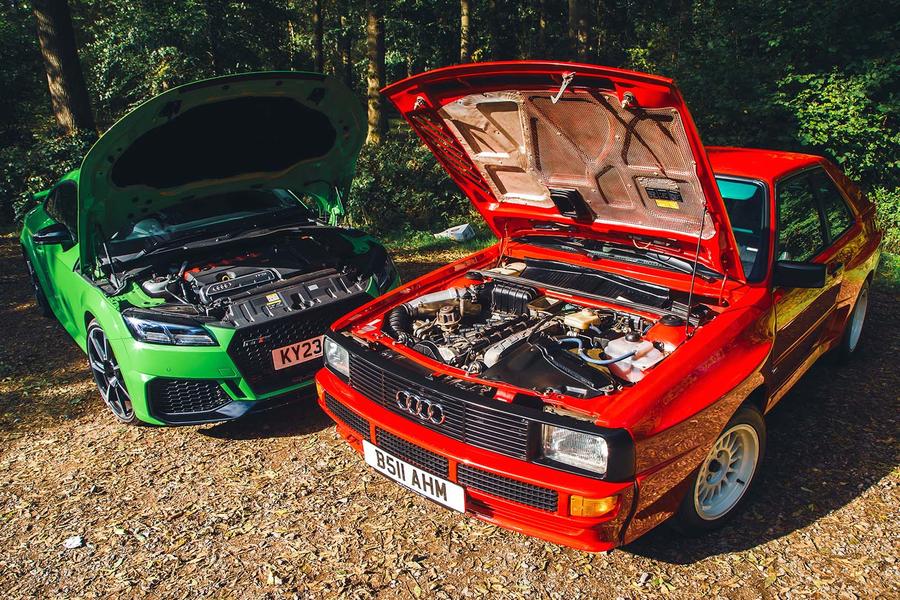

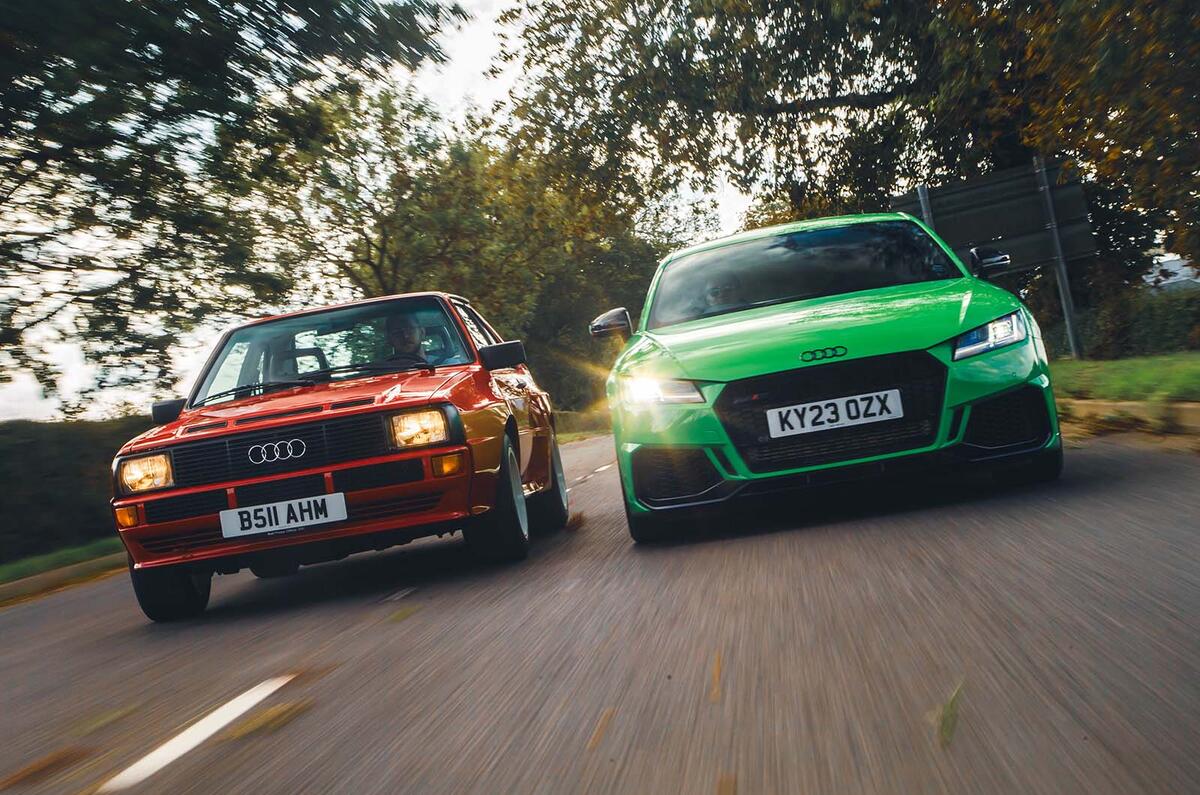

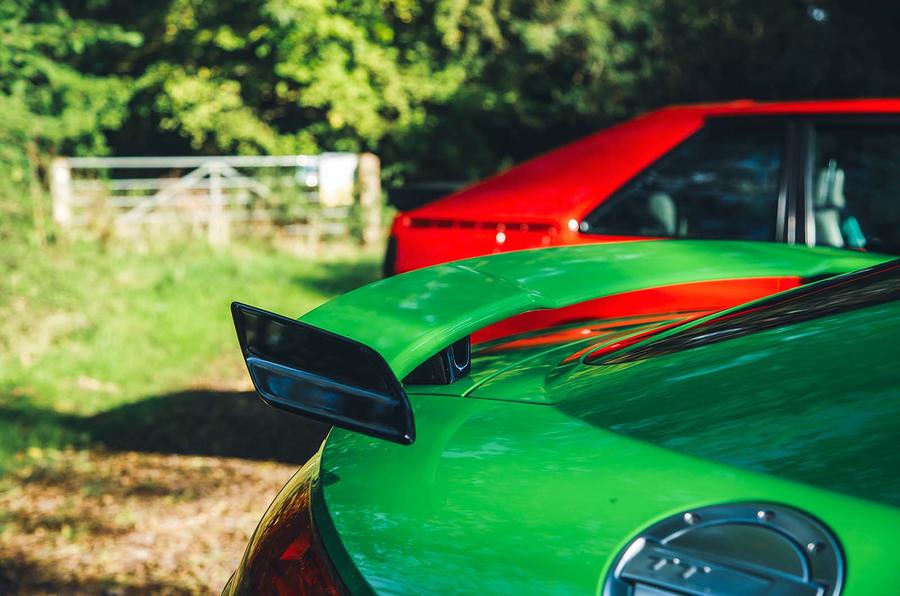
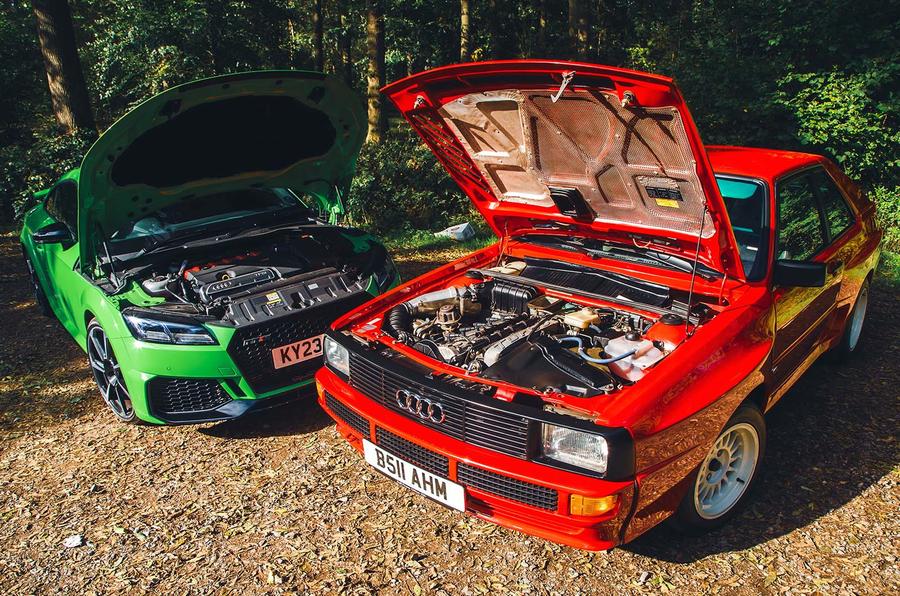
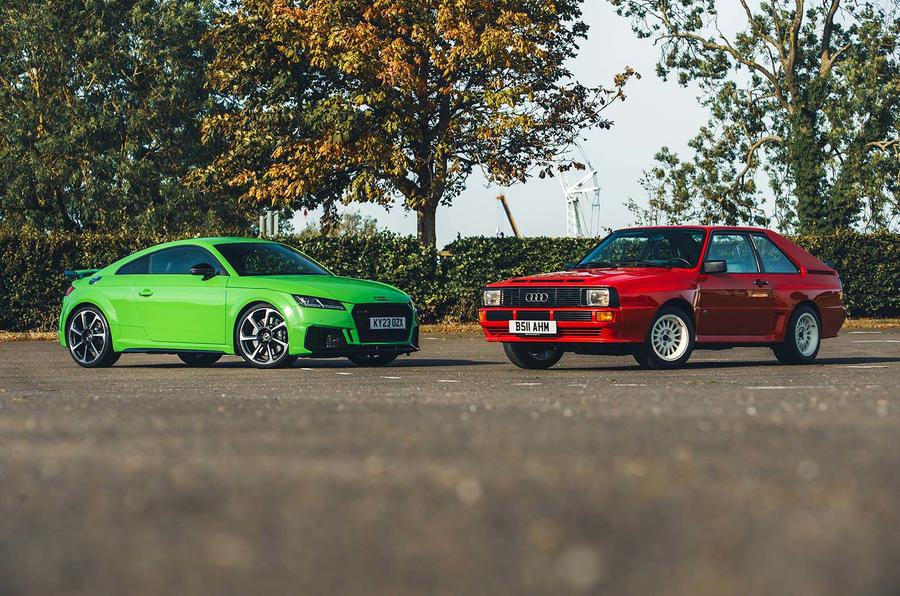
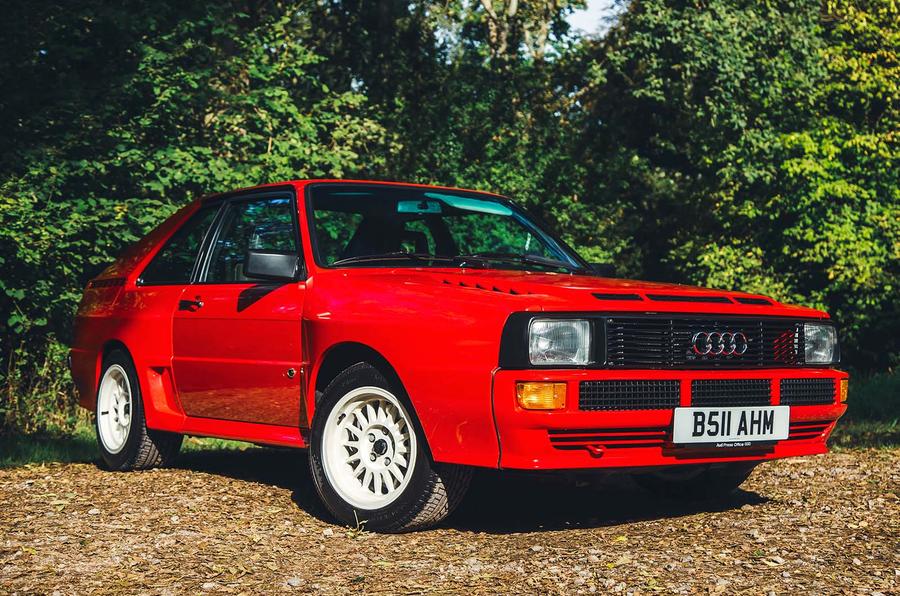
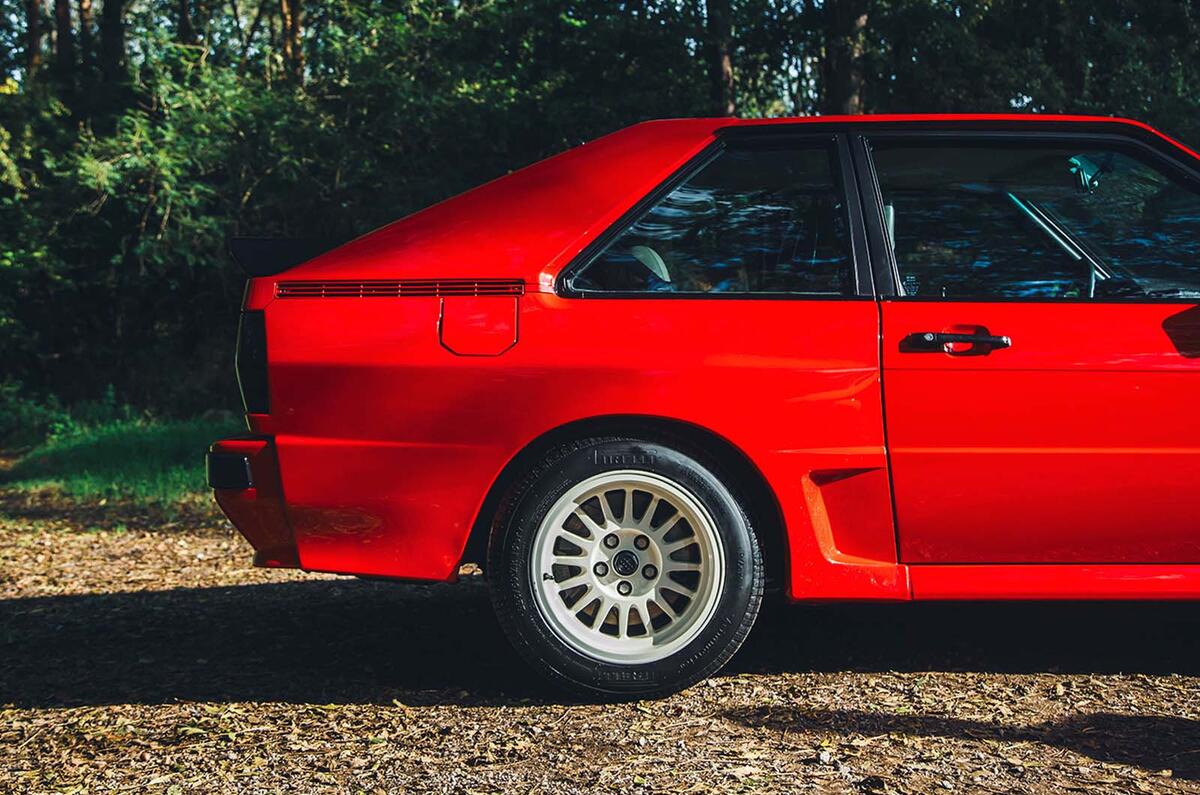

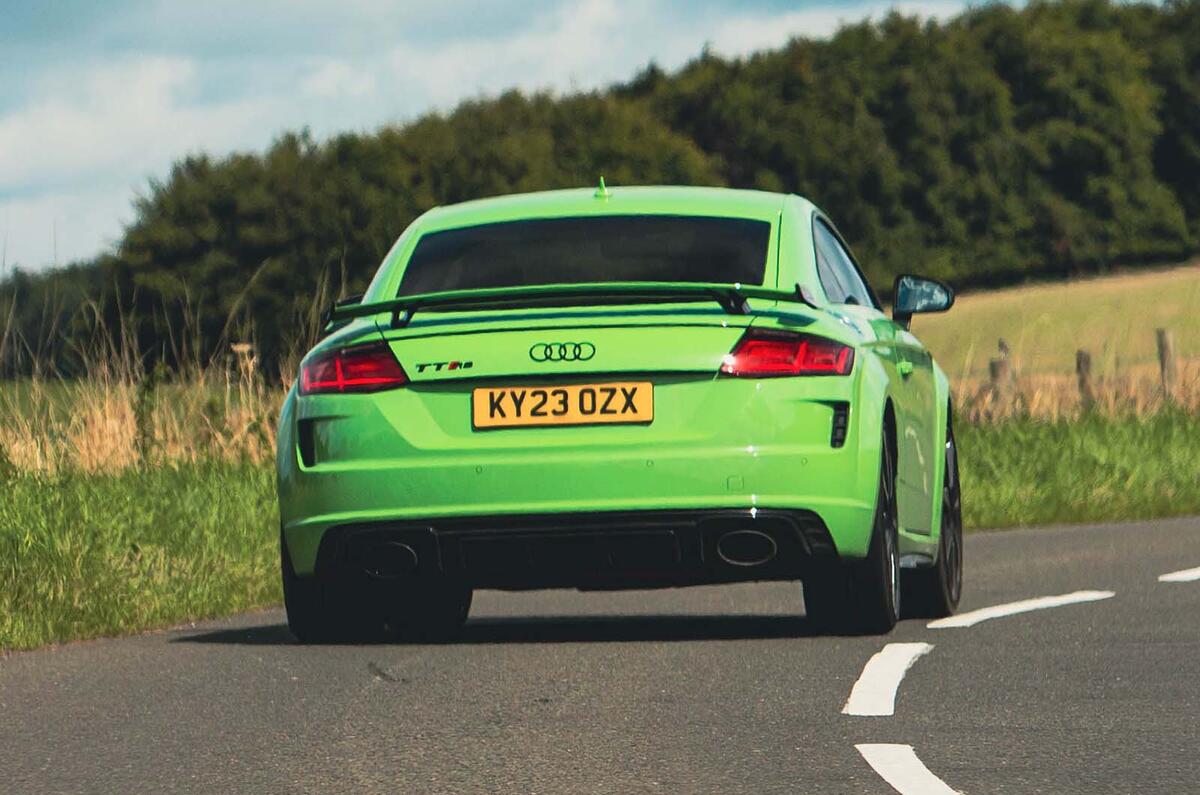


















Join the debate
Add your comment
If I could have just one car throughout my driving lifetime it would be a Audi Quattro.